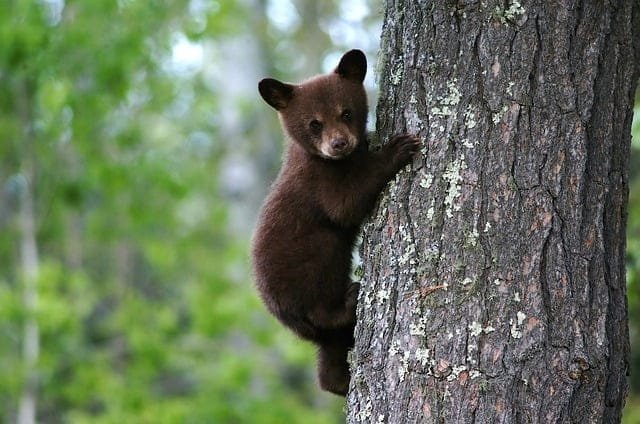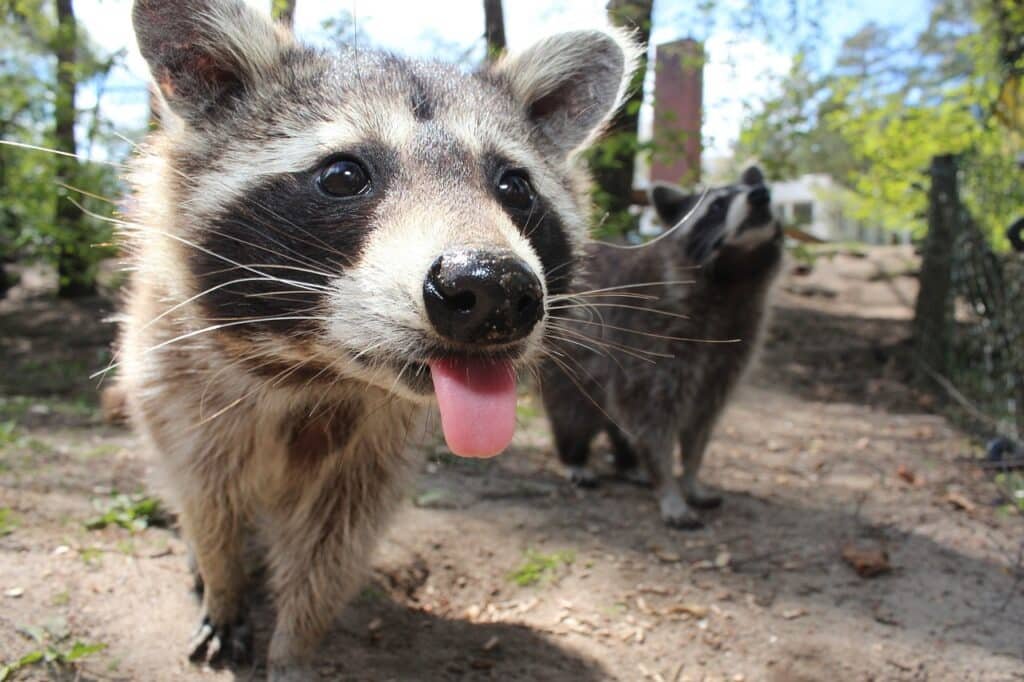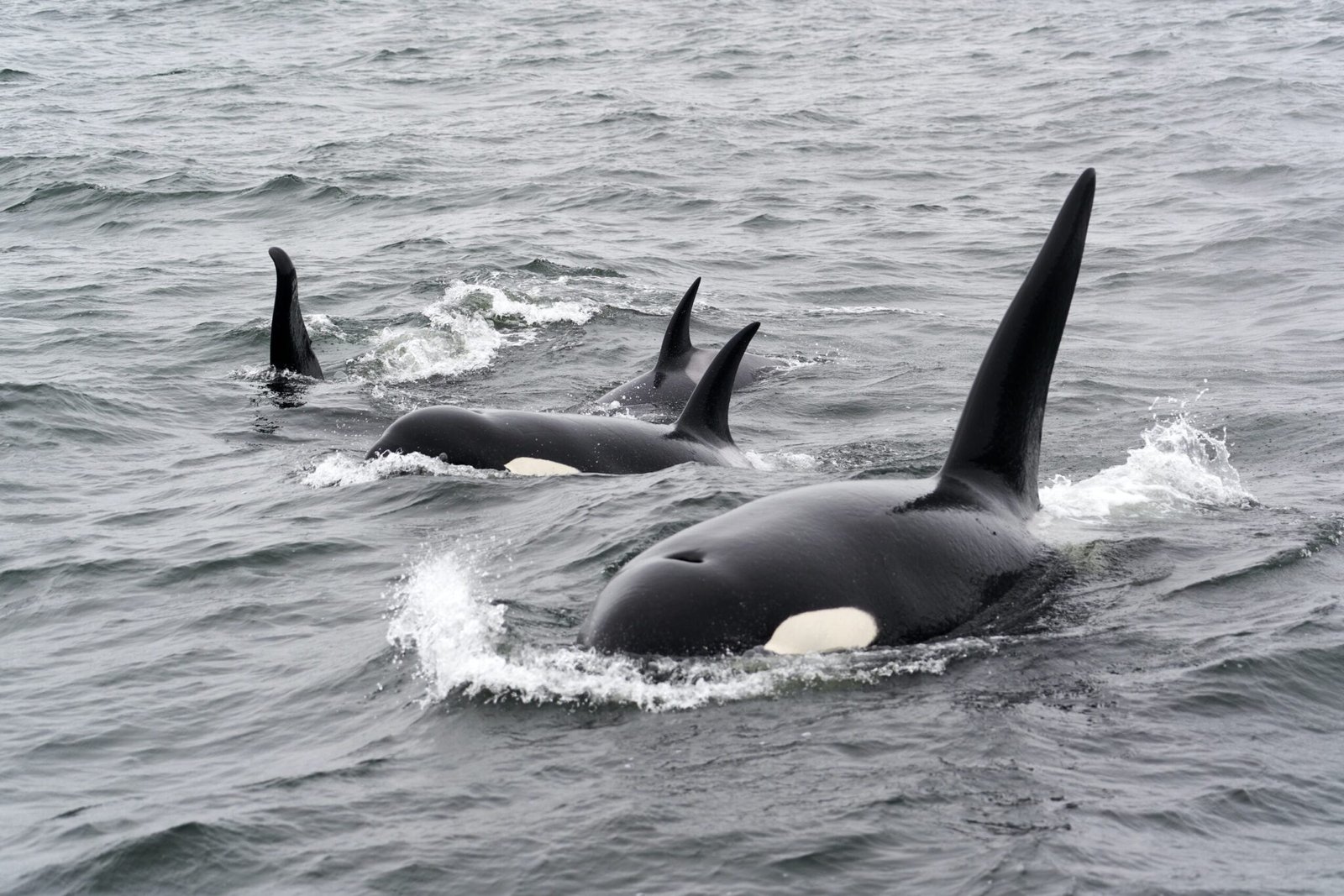When we think of raccoons, those mischievous nocturnal creatures often come to mind, rummaging through our garbage with their dexterous paws. Bears, on the other hand, evoke images of a more formidable nature, from the majestic grizzly to the solitary polar bear.
Despite their distinct differences, a common question arises: could these animals be distant relatives? This article aims to delve into the fascinating relationship between raccoons and bears, unraveling the threads of their evolutionary connection.

Understanding the Animal Kingdom Hierarchy
The animal kingdom is meticulously categorized into a hierarchy that includes Kingdom, Phylum, Class, Order, Family, Genus, and Species. Within this classification system, two key terms emerge when discussing raccoons and bears: Carnivora, the order to which both belong, Procyonidae, the family of raccoons, and Ursidae, the family of bears. These classifications help scientists understand and explain the complex web of animal relationships.
The Order Carnivora: A Shared Lineage
Carnivora is an order that encompasses a wide array of meat-eating mammals known for their sharp teeth and predatory instincts. Members of this order share certain evolutionary traits, such as the development of claws and keen senses for hunting. Both raccoons and bears exhibit these characteristics, hinting at a shared ancestral lineage.

Raccoons: The Procyonidae Family
Raccoons belong to the family Procyonidae, which includes small to medium-sized species like the coati and kinkajou. Raccoons themselves are known for their adaptability and intelligence. Their evolutionary path has equipped them with nimble hands and a curious nature, allowing them to thrive in diverse habitats.
Bears: The Ursidae Family
Bears are part of the Ursidae family, characterized by their large bodies, powerful limbs, and shaggy fur. This family includes the iconic panda bear and the formidable Kodiak bear. The evolutionary journey of bears has led them to become solitary wanderers, with a diet that can range from pure carnivory to omnivory.

Behavioral Comparisons: Are They Bear-like or Not?
Behaviorally, raccoons and bears exhibit both convergent and divergent traits. Raccoons are known for their problem-solving skills and opportunistic feeding habits, somewhat reminiscent of bears. However, their social structures and survival strategies differ greatly, with bears tending towards solitude and raccoons showing more social flexibility.
Conservation Status: Protecting Our Wildlife
The conservation status of both raccoons and bears is of growing concern. While raccoons are generally abundant, certain bear species face threats from habitat loss and hunting. Conservation efforts are crucial in preserving the biodiversity and ecological roles of these animals.
Conclusion
In conclusion, while raccoons and bears are not from the same family, they share a common ancestor within the Carnivora order. Their shared traits underscore the intricate tapestry of evolution. Understanding these relationships is vital for wildlife conservation, ensuring that future generations may continue to witness the wonder of these remarkable creatures.
FAQs:
Are raccoons and bears from the same family?
No, raccoons belong to the Procyonidae family, while bears belong to the Ursidae family.
What do raccoons and bears have in common?
They share the same order, Carnivora, and have similar evolutionary traits.
How are raccoons and bears different?
They differ in size, habitat, behavior, and physical characteristics.




